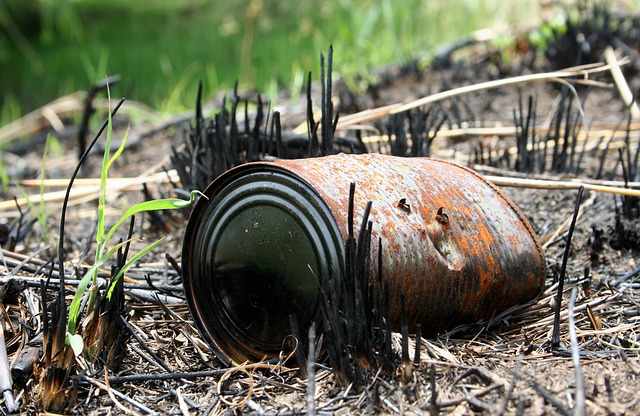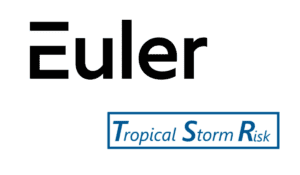Many catastrophe models “out of step” with wildfire risk: Chaucer

Specialty insurance and reinsurance group Chaucer has said that it believes many of the catastrophe models are now “out of step” with wildfire risk and cannot accurately gauge the scope of potential damage from the peril.
Chaucer said that severe weather pattern changes are now playing a key role in increasing the risk of wildfires in some areas of North America that were previously ‘low-risk’.
In particular, the company points to the Appalachians, Southern Rockies, Alberta and British Columbia, and Texas as areas that were once considered low risk for catastrophic insured wildfire loss events, but are now becoming areas of major wildfire concern for the insurance and reinsurance market.
Chaucer’s research shows that these regions are now more at risk of conditions such as prolonged droughts, more severe heatwaves and delays in cooler autumn and winter temperatures.
As a result, the climate in these regions share some similarities with the U.S. West Coast, which has been susceptible to devastating wildfires in recent years.
Catastrophe models may not be up to the task of modelling structural characteristics accurately, the research from Chaucer warns.
While some models are using advanced technologies, including artificial intelligence, to enhance wildfire modelling capabilities, Chaucer notes that, “There is a widening gap between model capability and the quality of wildfire specific exposure data. This is partly why some carriers have been reluctant to underwrite the peril.”
Dana Foley, Head of Catastrophe Research at Chaucer explained, “An increase in severe weather is directly causing key wildfire risk factors to increase, which has dramatically heightened the risk of catastrophic wildfire damage in areas that were previously not of major concern for insurers.
“This relatively rapid acceleration of risk means that many catastrophe models are out of step with the increasing risk and can’t accurately gauge the scope of potential damage. This is most prevalent at the individual risk level and how models incorporate building characteristics into estimating vulnerability.”
Foley added, “Despite these short comings, even simple modelled approaches are preferred to relying on historical loss data alone. Most regions outside of California and the West Coast have not experienced any catastrophic wildfire loss. The best way to deal with this problem is to use probabilistic approaches anchored in the best available science and data, and that is what catastrophe models were designed to do.





